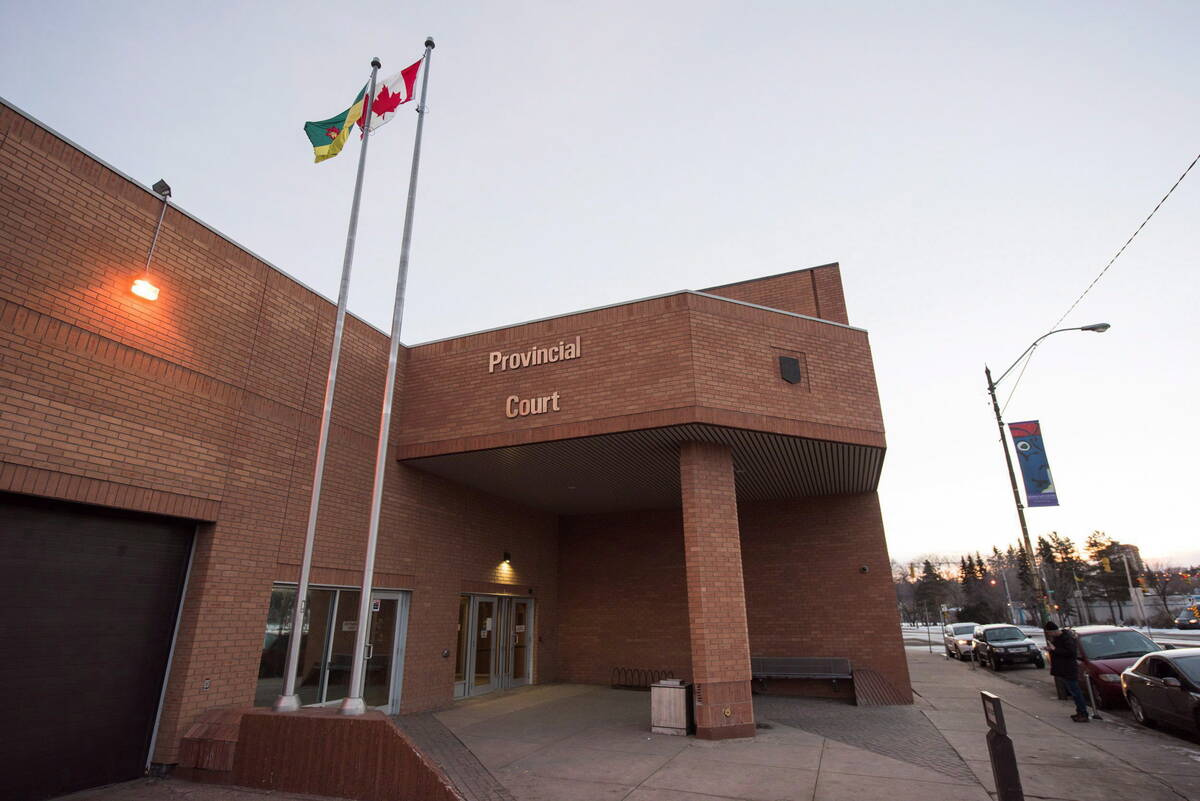Put simply, a limitation period refers to the amount of time a plaintiff has to commence a formal claim in court or lose their ability to pursue it.
These periods are strictly enforced. A claim that is even one day late may be struck, so it is important to know when your time will run out.
Limitation periods exist because historical claims are difficult to prove and evaluate. Evidence gets lost or destroyed. Witnesses pass away. Memories fade.
Read Also

Vintage power on display at Saskatchewan tractor pull
At the Ag in Motion farm show held earlier this year near Langham, Sask., a vintage tractor pull event drew pretty significant crowds of show goers, who were mostly farmers.
Generally speaking, a civil claim must be brought within two years of the date of discovery of the loss. Sounds simple, right? Not always.
Sometimes it is very difficult to determine exactly when the loss was discovered or ought to have been discovered. On what day would a reasonable person know that they have incurred a loss caused by an actionable wrong?
A person may have their suspicions but no solid evidence that something injurious has occurred, or they may not fully understand the implications of what has occurred in terms of the magnitude of the loss to them.
A potential plaintiff might also be unsure when a particular event occurred or when they obtained knowledge of key information.
A limitation period might also be suspended for a certain period of time, meaning that the clock would temporarily stop ticking.
For example, parties can agree to a suspension by entering into a “tolling agreement,” which allows parties some time to negotiate a resolution and avoid the pressure of losing their claim if they do not act now.
Sometimes a suspension is deemed to have occurred by operation of law.
For example, if a person lacks capacity, the limitation period could be deemed suspended during that period of incapacity. Following that person’s passing, their executor might still be able to pursue a claim in the deceased’s name even if it appears the limitation period may have expired several years ago.
Similarly, if a potential defendant conceals a loss or misleads a potential plaintiff as to the appropriateness of a proceeding, the time period could be suspended until the potential plaintiff actually realizes their loss.
A limitation period can be reset by certain actions.
If a debtor acknowledges an amount owing in writing or makes partial payment, this could restart the clock and give the potential plaintiff another two years. Sometimes the actionable wrong is ongoing and continuous, such that the time limit will not run out until two years after the last occurrence of the wrong.
The matter might be further complicated by existing legislation or a change in legislation. There are some very specific claims that only have a one-year limitation period, such as claims against municipalities.
Historically in Saskatchewan, limitation periods were quite variable depending on the type of civil claim a plaintiff claimed. Some had one year, some had two and some had six.
A change in that legislation simplified things in Saskatchewan so that most civil claims are now subject to a two-year limitation period. Nonetheless, there are still circumstances where an old limitation period could still apply to a present claim.
To make matters even more complex, there is something called the “ultimate limitation period,” which provides that if the loss occurred more than 15 years ago (regardless of when the loss was discovered), the claim cannot be brought. Moreover, there are exceptions that might apply, such that the claim has no limitation period at all, which include some assault claims and certain types of proceedings, such as a claim to realize collateral.
If all of this sounds confusing but you think the clock is ticking, it is advisable to not wait until the last minute and risk losing a legitimate claim. Contacting a lawyer early if you think you have a claim is advisable because solid claims start with well-drafted and carefully prepared pleadings.
These take time to create, and rushing to the courthouse to beat an expiry date often results in an initial battle as to whether a limitations period has been missed or not. It is best to be early so there is no question that the claim was brought within the applicable limitation period.
If you think you have a civil claim but are not sure how long you have to pursue it, the most likely and simple answer is two years. However, even if you think the time period might have already passed, there may be a reason why the claim can still be pursued.
Consulting with a civil litigator to determine when the loss was discovered and whether an exception applies could still result in a legitimate claim to pursue.
Faith Baron is a lawyer with Stevenson Hood Thornton Beaubier LLP in Saskatoon. She can be contacted at fbaron@shtb-law.com. This article is provided for general informational purposes only and does not constitute legal or other professional advice.

















